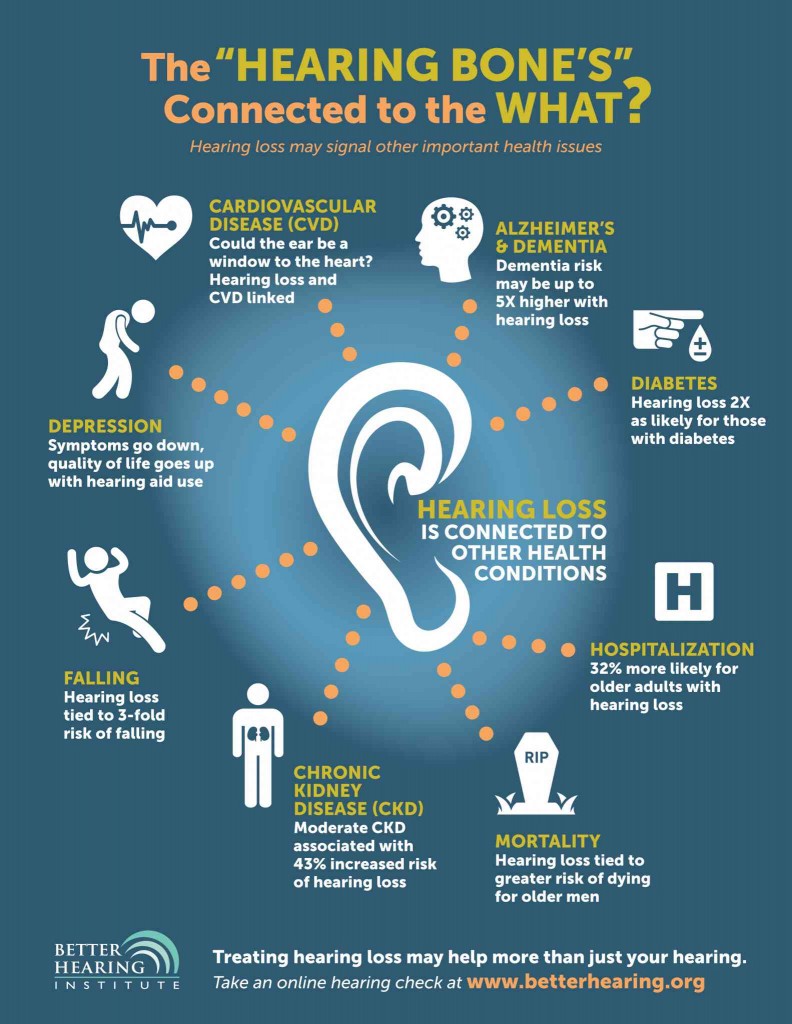Enhancing Learning: Resolving Auditory Handling Issues In Dyslexia
Enhancing Learning: Resolving Auditory Handling Issues In Dyslexia
Blog Article
Short Article Author-Ivey Sykes
When you take into consideration the difficulties that dyslexic students encounter, it's clear that auditory handling concerns typically play a substantial function. You could question how tailored methods can bridge the gap between acoustic instructions and comprehension. By incorporating visual help and breaking jobs into workable actions, you might boost focus and understanding. However, the solutions don't quit there. What other strategies can produce an absolutely encouraging learning environment that fosters success and self-confidence?
Recognizing Dyslexia and Auditory Processing
Dyslexia influences approximately 1 in 5 individuals, making it one of one of the most usual learning impairment. If you're navigating dyslexia, you could find that it doesn't just effect analysis and writing; it can also influence just how you refine acoustic details.
Acoustic processing describes how your brain translates noises, consisting of language. When integrating primitive reflexes fight with this, it can result in challenges in recognizing spoken instructions and complying with discussions.
You may see that you typically misinterpret what you listen to or that it takes longer for you to react in discussions. This isn't a representation of your knowledge; it's a specific trouble related to refining acoustic signals.
Understanding this connection is important because it aids make clear why you may master aesthetic jobs while encountering hurdles in tasks that depend on auditory comprehension.
Acknowledging these obstacles can empower you. By recognizing the complexities of dyslexia and auditory handling, you can better advocate for your needs, whether in educational settings or social scenarios.
executive functioning memory to recognize these issues so you can look for the best assistance and methods in the future.
Efficient Methods for Support
Browsing the challenges of auditory processing can really feel frustrating, but there are effective techniques that can aid you grow.
By carrying out these strategies, you can improve your understanding experience and improve your ability to process auditory information.
- ** Utilize aesthetic help **: Combining acoustic instructions with aesthetic assistances, like graphes or layouts, can significantly improve comprehension.
- ** Break tasks right into smaller steps **: Streamlining guidelines into convenient chunks allows you to focus and process details more effectively.
- ** Practice energetic listening **: Take part in workouts that encourage you to pay attention diligently, such as summarizing what you've listened to or asking questions for explanation.
- ** Include modern technology **: Use apps or software application created to aid with auditory processing, such as speech-to-text tools or audiobooks, to enhance learning.
Creating Supportive Knowing Environments
Creating a supportive learning atmosphere is important for assisting individuals with acoustic processing challenges do well. Beginning by reducing disturbances in your classroom or learning room. Use acoustic panels or soft home furnishings to absorb noise, which can aid trainees concentrate far better. Guarantee seating setups permit clear sightlines to the instructor and any type of visual help.
Next, integrate clear and concise communication. Speak gradually and make use of easy language, checking for understanding regularly. Motivate students to ask questions if they're unsure. Aesthetic aids like graphes, diagrams, and written directions can boost comprehension and retention.
In executive skills training , cultivate a society of perseverance and understanding among peers. Show students regarding acoustic processing issues, promoting compassion and support. Team activities can be advantageous; simply ensure that functions are clear which students collaborate to sustain each other.
Lastly, give routine feedback. Commemorate progress and success, despite how small. This motivation builds confidence and enhances the idea that understanding is a trip.
Conclusion
In your trip to boost discovering for people with dyslexia, think of each approach as a stepping stone throughout a river. By weaving together acoustic and aesthetic aids, damaging jobs into bite-sized items, and supporting a supportive setting, you aid produce a bridge to understanding. Keep in mind, fostering empathy amongst peers and appealing households can light the path to success. With persistence and dedication, you'll encourage students to soar above difficulties, changing their battles right into staminas.
